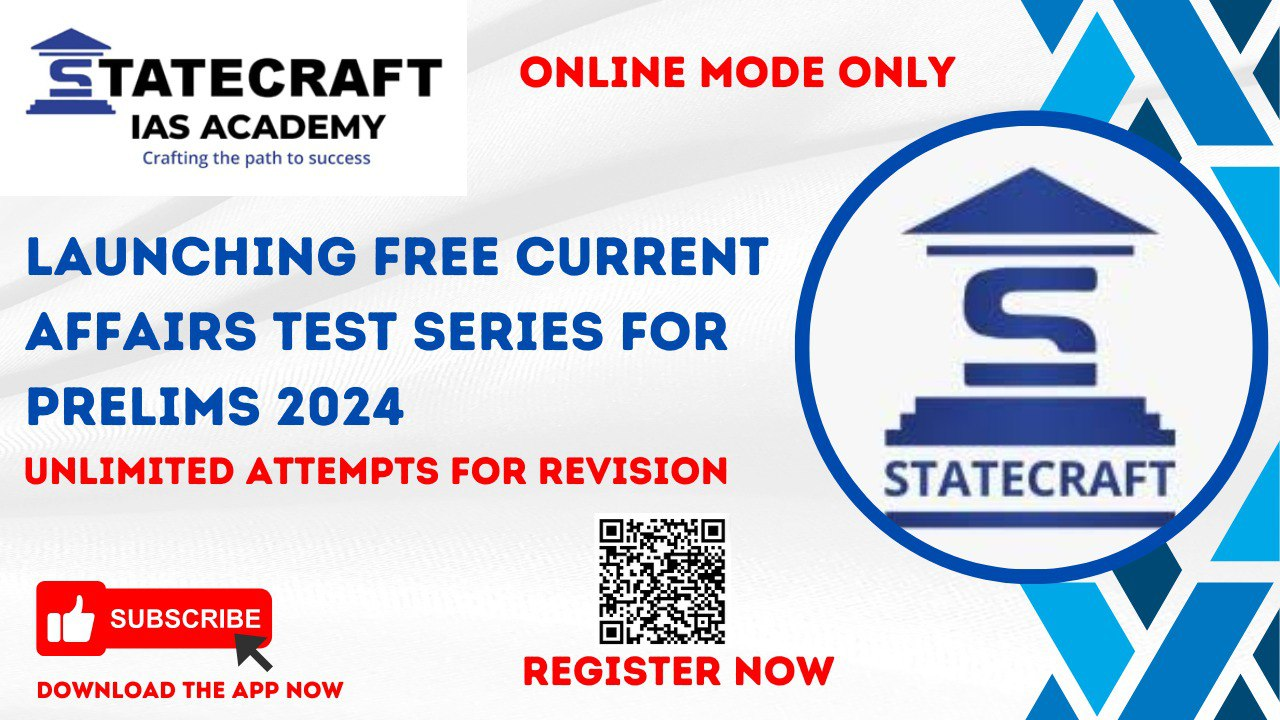|
|
||
|
19 March 2024 |
||
|
1. Indo-Pacific Economic Prosperity Initiative (IPEPI)
2. Legislation on Trademarks passed in 1999
3. Railway’s initiative to establish multi-modal transportation centers
4. According to a report by UNDP, India’s global human development index standing is at 134th place.
5. Advanced Predictive Artificial Intelligence

- Indo Pacific Economic Framework for Prosperity (IPEF)
Participation in IPEF Ministerial Meeting
India’s Commerce and Industry Minister, Piyush Goyal, attended the inaugural Ministerial meeting of the Indo-Pacific Economic Framework (IPEF) virtually in 2024, alongside other partner nations.
Understanding the Indo-Pacific Economic Framework (IPEF)
- The IPEF, spearheaded by the United States, seeks to bolster economic cooperation among participating nations to enhance resilience, sustainability, inclusivity, economic growth, fairness, and competitiveness in the Indo-Pacific region.
- Established in 2021, the IPEF began with 12 founding partners representing 40% of the global GDP.
- Unlike traditional Free Trade Agreements (FTAs), the IPEF allows member nations to tailor their engagements.
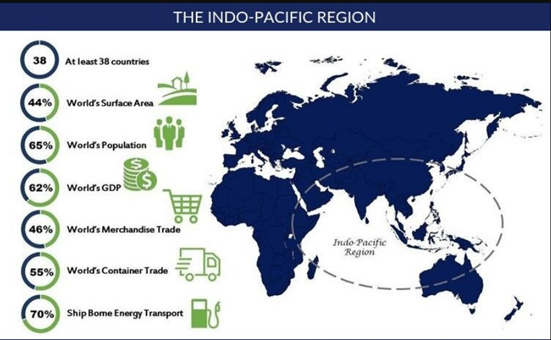
Core Pillars of the IPEF
1. Trade: Encompasses digital economy, emerging technology, labor commitments, environmental considerations, trade facilitation, transparency, regulatory practices, corporate accountability, standards for cross-border data flow, and data localization.
2. Supply Chain Resilience: Aims to develop a unique supply chain agreement to predict and prevent disruptions.
3. Clean Energy and Decarbonization: Includes commitments to ambitious renewable energy targets, carbon removal initiatives, energy efficiency standards, and measures to combat methane emissions.
4. Fair Economy Agreement: Comprises commitments to implement and enforce effective tax policies, anti-money laundering measures, and anti-bribery schemes in alignment with shared values.
Member Countries
Currently, the IPEF includes India and 13 other nations situated around the Pacific Ocean: Australia, Brunei, Fiji, Indonesia, Japan, South Korea, Malaysia, New Zealand, the Philippines, Singapore, Thailand, the United States, and Vietnam.
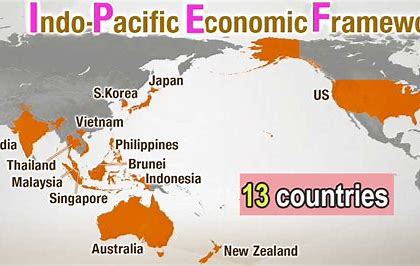
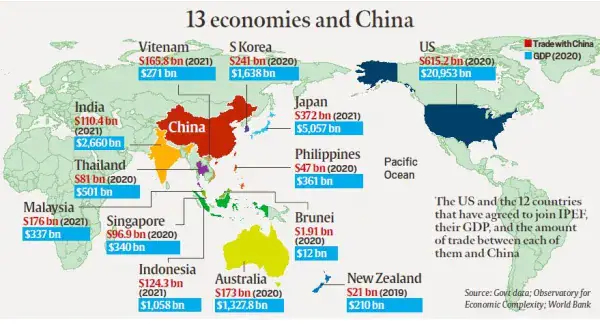
Distinguishing Features of the IPEF
- The IPEF diverges from traditional trade agreements in several aspects.
- It does not explicitly outline market access or tariff reductions, although experts suggest it could lay the groundwork for future trade deals.
- Unlike many multilateral trade agreements, the IPEF does not impose a take-it-or-leave-it framework on its members.
- Furthermore, although nations are signatories to the IPEF, they are not obliged to adhere to all four pillars, given its unconventional nature as a trade pact.
2. Legislation on Trademarks passed in 1999

Introduction:
In a recent legal development, the Delhi High Court made a significant ruling regarding the trademark registration of “Dolma Aunty Momos,” canceling Mohammed Akram Khan’s registration following objections from Dolma Tsering concerning its unauthorized usage.
Understanding Trademarks:
- Trademarks serve as vital identifiers for businesses, encompassing symbols, designs, words, or phrases.
- Registering a trademark grants exclusive usage rights to its owner, regulated under the Trademarks Act of 1999 in India, overseen by the Controller General of Patents, Designs, and Trademarks.
Historical Context:
- Prior to 1940, India lacked specific trademark legislation, addressing infringement matters under Section 54 of the Specific Relief Act, 1877.
- The enactment of the Trademark and Merchandise Act in 1958 aimed to provide better protection and streamlined registration processes.
Transition to the Trademark Act of 1999:
The replacement of the 1958 Act with the Trademark Act of 1999 aligned with TRIPS obligations recommended by the World Trade Organization. This Act aims to safeguard trademark users, regulate property conditions, and enforce legal remedies for trademark rights violations.
Types of Trademarks:
1. Product Marks: Identifies the origin of goods, maintaining business reputation.
2. Service Marks: Distinguishes services and their proprietors, classified under specific trademark classes.
3. Collective Marks: Represents collective features of a product or service, regulated by associations or institutions.
4. Certification Marks: Ensures product quality and standards, issued by proprietors through standard tests.
5. Shape Marks: Protects product shapes, identifiable with specific manufacturers.
6. Pattern Marks: Displays distinguishing patterns on products, requiring evidence of uniqueness for registration.
7. Sound Marks: Associated with specific suppliers, identifying products or services through sound, such as recognizable tunes like the IPL theme in India.
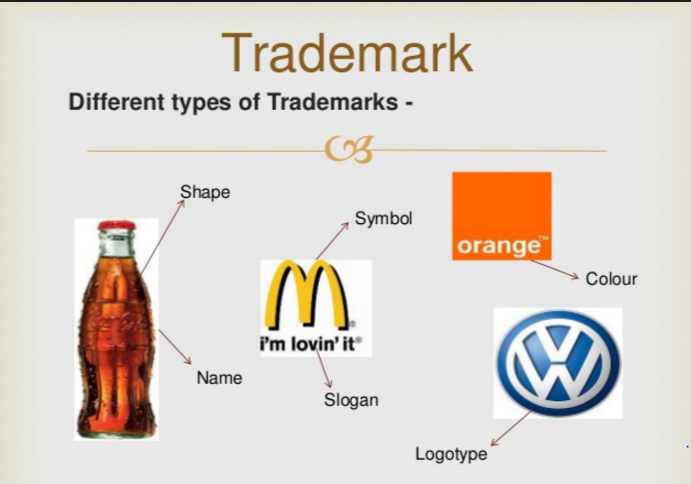
3. Railway’s initiative to establish multi-modal transportation centres
In News:
The Indian Railways has announced plans to establish large-scale railway terminals with multi-modal connectivity in cities with populations exceeding 10 lakhs nationwide.
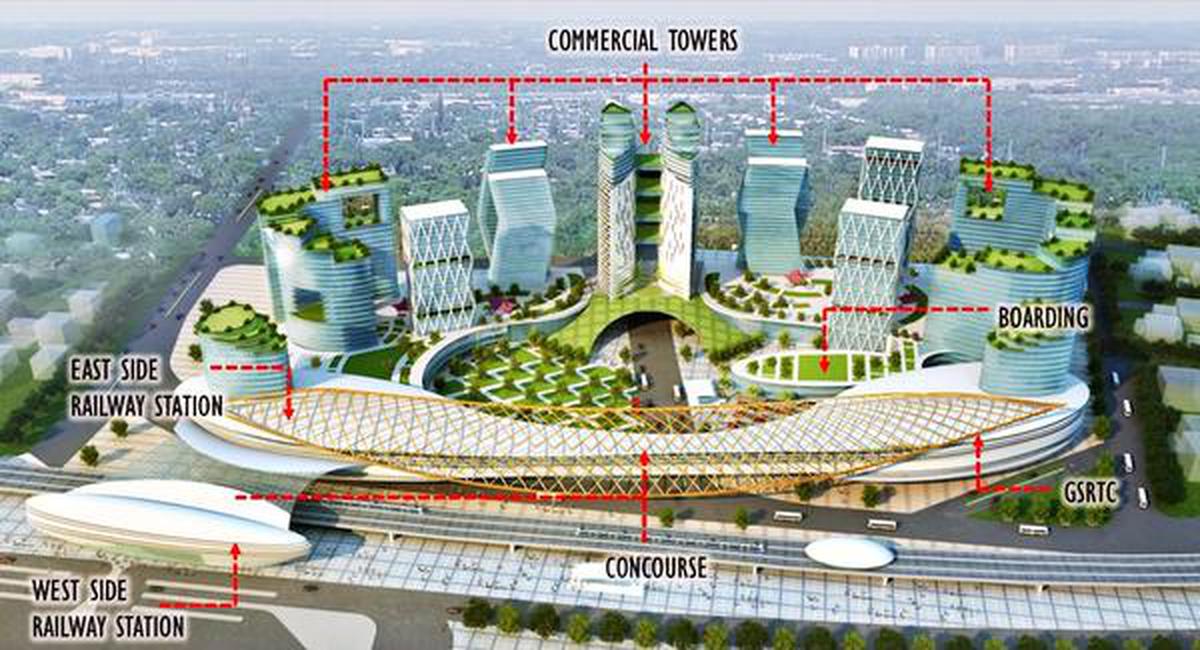
About the ‘Viksit Bharat’ Initiative:
- This initiative is part of the infrastructure development aligned with Prime Minister Narendra Modi’s ‘Viksit Bharat’ campaign.
- ‘Viksit Bharat 2047’ aims to propel India into a developed nation by its centennial independence year, 2047, through comprehensive development encompassing economic growth, environmental sustainability, social progress, and good governance.
Key Provisions as per Railways Plans:
- The initiative emphasizes inclusivity by incorporating stakeholder feedback and envisioning expansion beyond initial parameters to serve densely populated areas.
- The Railway Ministry is committed to enhancing passenger experience with a focused and accelerated effort.
- Improvements in coach cleanliness and amenities are underway to elevate overall travel experiences.
Zero Tolerance Policy:
The Ministry has issued a stern warning against senior officer negligence, emphasizing accountability and responsibility for passenger satisfaction.
Quality Check and Monitoring:
Principal Chief Mechanical Engineers (PCMEs) of Zonal Railways are tasked with closely monitoring sustained housekeeping and maintenance activities, signaling a hands-on approach to implementation.
Implementation Challenges:
- Resource Constraints: Challenges such as funding shortages, manpower limitations, and inadequate infrastructure may hinder initiatives requiring substantial investment.
- Resistance to Change: Existing systems, bureaucracy, and stakeholder resistance could impede new initiatives.
- Coordination Issues: Effective collaboration among departments and agencies involved in railway operations may pose challenges.
- Technical Challenges: Addressing technical issues related to maintenance and passenger amenities may require specialized expertise.
- Operational Challenges: The vast scale of railway operations presents logistical challenges in maintaining standards uniformly.
- Training and Capacity Building: Providing adequate training for staff involved in implementation and maintenance may be challenging.
Addressing Challenges:
- Resource Mobilization: Seek alternative funding sources like public-private partnerships and international investments.
- Capacity Building: Invest in training and skill development initiatives for staff.
- Technology Adoption: Embrace technological solutions for improved efficiency and transparency.
- Stakeholder Engagement: Conduct extensive consultations and communicate benefits clearly.
- Streamlined Processes: Simplify bureaucratic procedures and establish clear accountability mechanisms.
Conclusion:
The Indian Railways’ initiative to establish mega terminals aims to revolutionize connectivity in aspirational cities.
Challenges such as resource constraints and resistance call for measures like stakeholder engagement, technology adoption, and streamlined processes to ensure successful implementation.
4. According to a report by UNDP, India’s global human development index standing is at 134th place.
https://www.undp.org/india/press-releases/india-shows-progress-human-development-index-ranks-134-out-193-countries
Context
In recent news, India’s advancement on the global Human Development Index (HDI) has garnered attention, according to a report by the United Nations Development Programme (UNDP).
Background:
- The Human Development Index (HDI) was devised by economists Mahbub ul Haq of Pakistan and Amartya Sen of India in 1990.
- It serves as a composite index measuring a nation’s average achievements across three key dimensions: health, education, and standard of living.
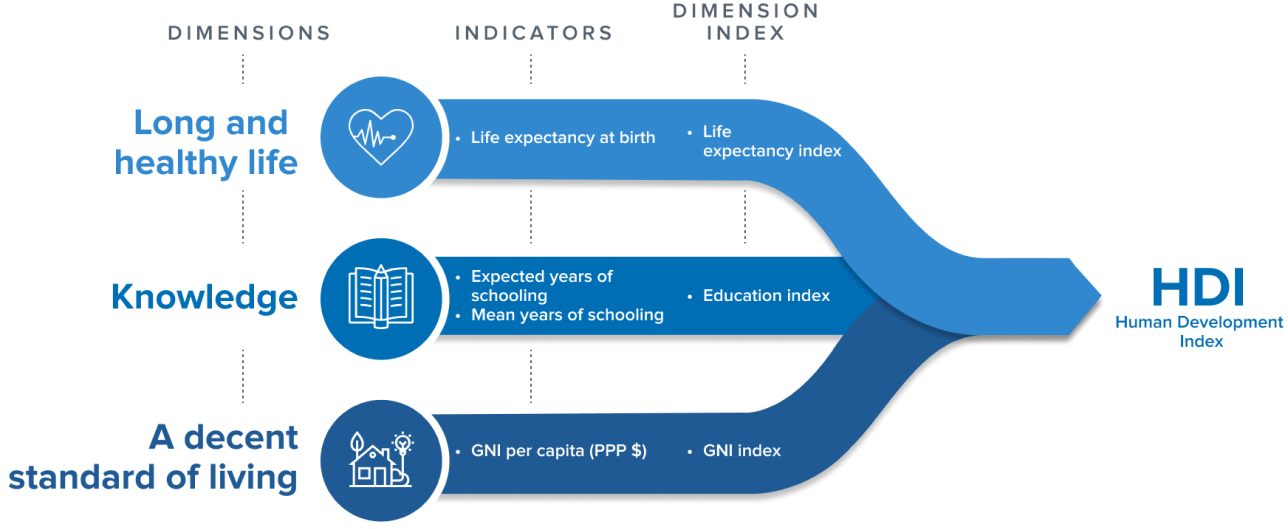
- The UNDP employs the HDI as part of its Human Development Report, alongside other indices such as the Multidimensional Poverty Index (MPI), Inequality-adjusted Human Development Index (IHDI), Gender Inequality Index (GII), and Gender Development Index (GDI).
Key Findings from the Report:
- India has progressed one spot in the HDI ranking, moving from 135th in 2021 to 134th in 2022, reflecting slight enhancements in life expectancy and Gross National Income (GNI) per capita.
- However, India still lags behind neighboring countries like Sri Lanka and China in the High Human Development category, and Bhutan and Bangladesh in the Medium Human Development category.
- The report also underscores a concerning trend of widening disparities between affluent and impoverished nations, accentuating the need for concerted global action.
Challenges and Action Plans:
- The report identifies challenges such as political polarization and inadequate democratic governance, stressing the importance of multilateral cooperation, policy coordination, sustainable development investment, community empowerment, dialogue promotion, transparency, education, inclusive economic growth, resilience building, and advocacy for effective leadership.
- These actions are deemed essential for addressing interconnected global challenges and fostering a sustainable future.
Conclusion:
Efforts aimed at bolstering collaboration, coordination, investment, empowerment, dialogue, transparency, education, economic inclusivity, resilience, and advocacy are imperative in tackling global issues collectively and paving the way for a more sustainable world.
QUESTION
In the context of the recent United Nations Development Programme (UNDP) report on the Human Development Index (HDI), which of the following accurately describes India’s position in 2022 compared to the previous year, and aligns with the challenges highlighted in the report?
a) India’s HDI ranking improved by three positions, indicating significant progress in reducing inequalities within the country.
b) India maintained its HDI ranking from the previous year, signifying steady advancements in healthcare and education infrastructure.
c) India’s HDI ranking shifted by one position, reflecting moderate improvements in life expectancy and Gross National Income (GNI) per capita, alongside persistent challenges of political polarization and limited democratic governance.
d) India experienced a decline in its HDI ranking by two positions, attributing it to substantial investments in sustainable development initiatives, despite challenges in policy coordination and multilateral cooperation.
Correct answer: C
5. Advanced Predictive Artificial Intelligence
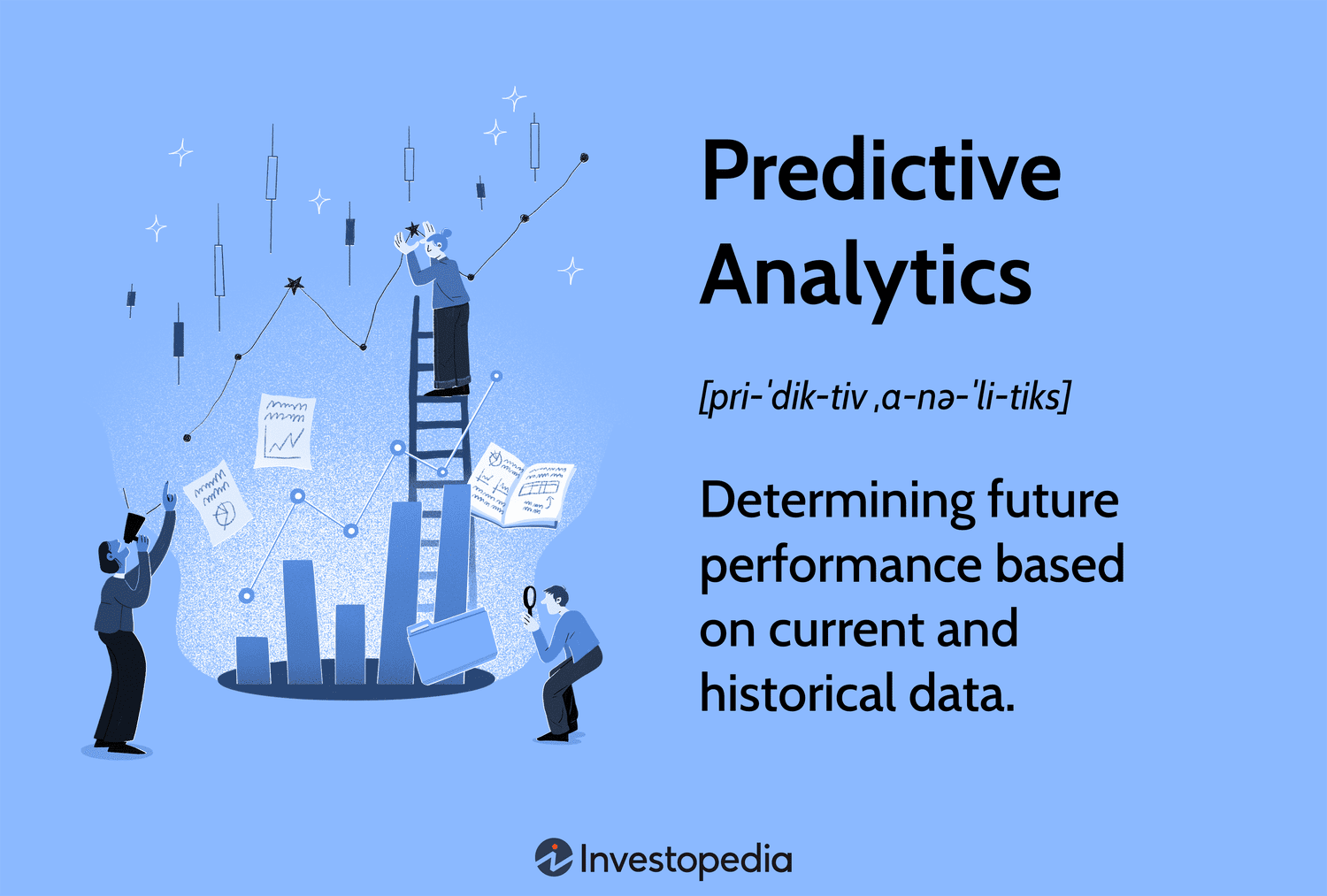
Introduction:
In the contemporary landscape, predictive artificial intelligence (AI) emerges as a revolutionary tool, transforming the way businesses analyze data, make decisions, and maintain competitive edges within their respective sectors.
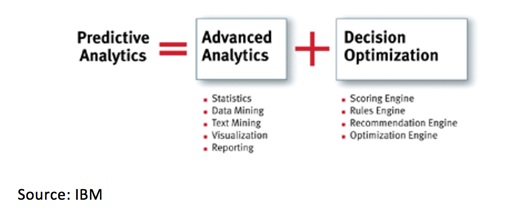
Predictive AI: Unlocking Insights for Tomorrow
- Predictive artificial intelligence (AI) represents a groundbreaking technological advancement harnessing the power of machine learning to uncover trends from historical data and project future occurrences.
- Unlike conventional AI, which primarily scrutinizes past data, predictive AI focuses on forward-thinking capabilities, empowering enterprises to foresee outcomes, market dynamics, and formulate strategic decisions with unparalleled foresight.
Understanding Predictive AI:
Leveraging Extensive Data:
- Predictive AI relies on accessing vast datasets, commonly referred to as “big data,” to conduct precise analyses and detect intricate patterns.
Harnessing Machine Learning (ML):
- Within predictive AI, machine learning, a subset of AI, is utilized to train computer algorithms in recognizing data patterns autonomously, without human intervention.
- ML algorithms autonomously process substantial datasets, enabling predictive AI models to efficiently analyze extensive data volumes.
Pattern Recognition:
- Predictive AI learns to correlate specific data types or occurrences, identifying patterns indicative of future events.
- Through scrutiny of hundreds or thousands of variables, predictive AI can identify patterns and predict events likely to recur in the future.
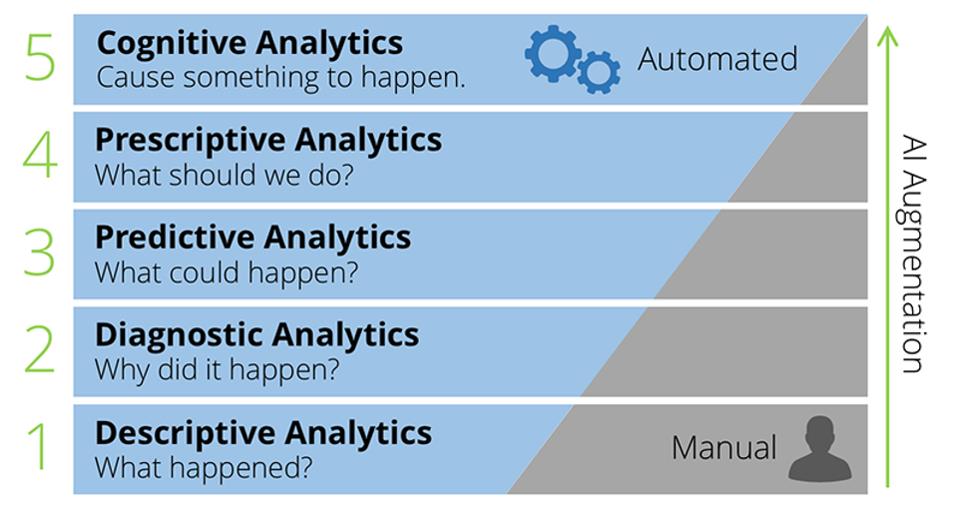
Distinguishing Predictive AI from Generative AI
Areas of Convergence:
- Both predictive and generative AI leverage machine learning and access to comprehensive datasets to generate outputs.
Points of Divergence:
- Predictive AI employs machine learning to extrapolate future outcomes, while generative AI focuses on content creation.
- For example, predictive AI may forecast weather patterns to warn fishermen about impending storms, whereas generative AI might compose a novel depicting various scenarios involving weather and fishing expeditions.
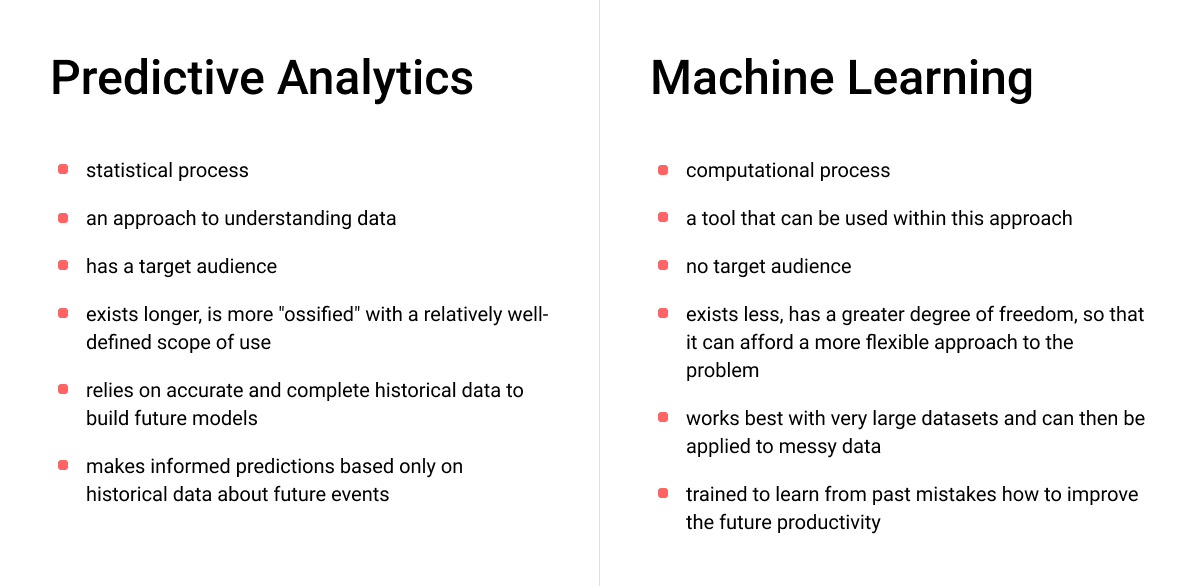
Methodological Disparities:
While both AI types utilize statistical analysis to predict patterns, their objectives, machine learning models, and practical applications exhibit substantial variations.
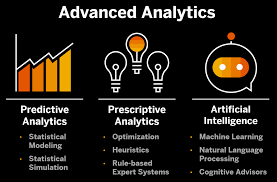
Practical Applications of Predictive AI
Assessing the Impact of Extreme Weather Events:
- Predictive AI can scrutinize data patterns to anticipate the repercussions of phenomena such as volcanic eruptions on air travel, facilitating real-time monitoring of ash clouds and haze.
Optimizing Oil and Gas Exploration:
- Predictive AI systems trained on historical geological data can anticipate potential sites for new oil wells, optimizing drilling strategies and furnishing precise forecasts for entities like Saudi Aramco.
Advancements in Medical Research:
- Predictive AI models play a pivotal role in pharmaceutical research, with initiatives like the MELLODDY Project fostering collaboration among pharmaceutical firms to aggregate data and propel research endeavors in this promising domain.
